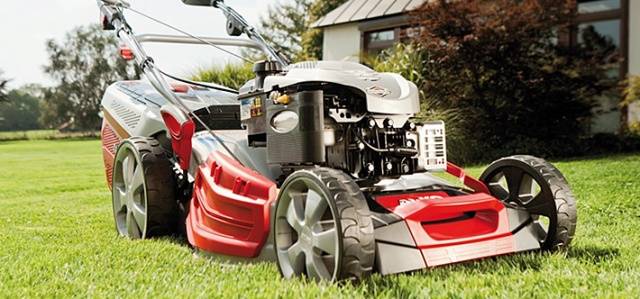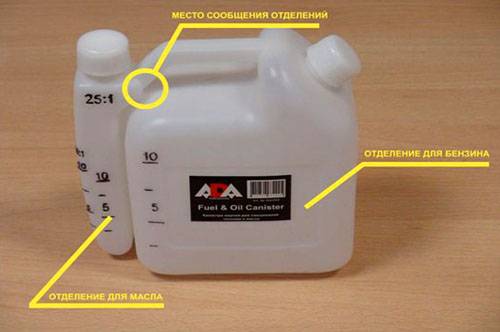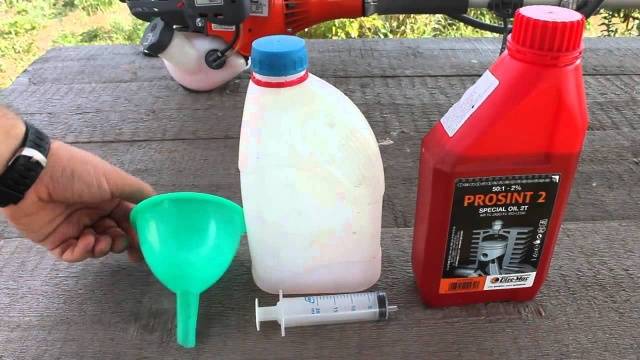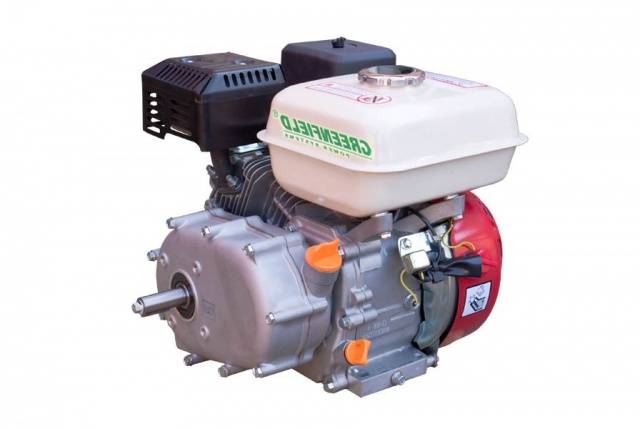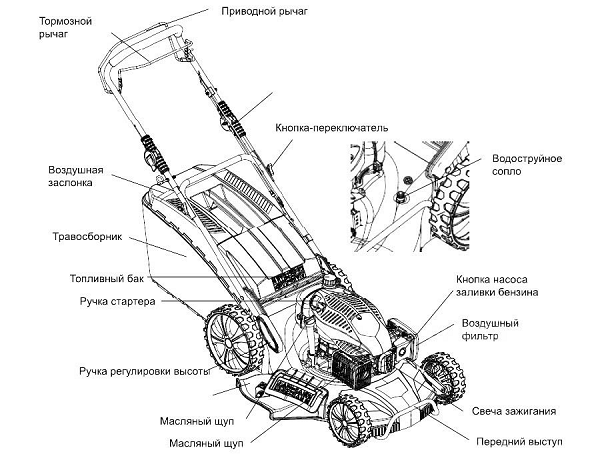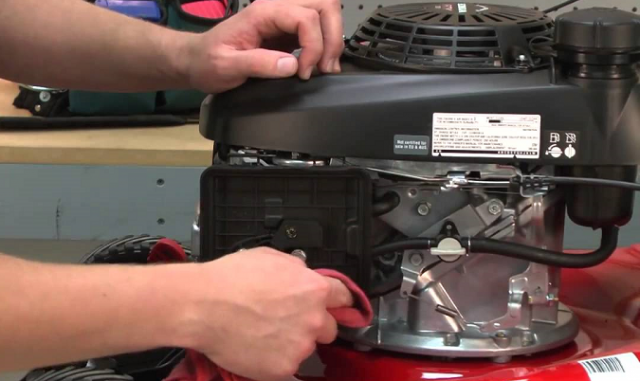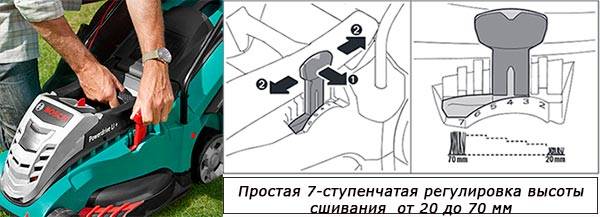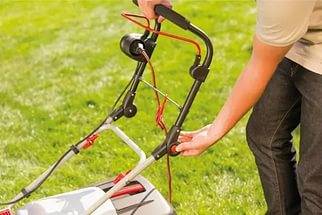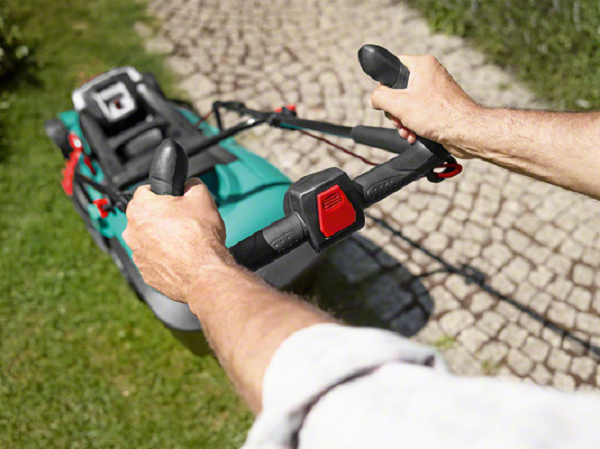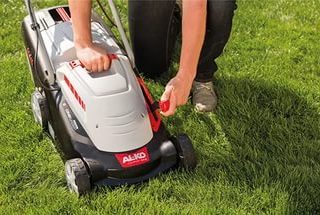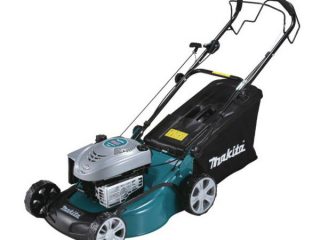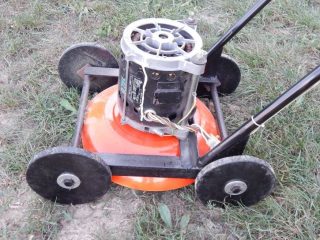Content
Large lawns near the house require maintenance. Using a lawn mower, you can quickly cut the grass, giving the area a neat appearance. However, buying a tool is only half the battle. You need to know how to operate a lawn mower, be able to start it correctly, adjust the blades and maintain it.
Reasons why your lawn mower may not start
Any equipment requires careful handling and compliance with operating rules. It seems that the tool, which was working when tested in the store, stopped starting after delivery to the home or several days of use. Before contacting a service center, you can try to solve the problem yourself. The causes of malfunctions are different for gasoline and electric lawn mowers.
A gasoline lawn mower may not start for the following reasons:
- First of all, before starting the engine, you need to check the fuel in the tank. A small amount of it will create airiness in the system, but you can’t fill the tank full to the brim either. When refueling, you must adhere to the maximum fuel level mark.If the lawnmower is sent for winter storage, the fuel must be drained, since gasoline tends to evaporate. Fueling is done using a funnel. Do not start the engine until accidentally spilled gasoline has dried on the mower parts, to avoid igniting the flammable liquid.
- Often the lawn mower engine does not start because the user does not know how to start it correctly. Before starting, use the lever to set the maximum speed, and then use a primer to pump gasoline into the carburetor. The starter cord is smoothly pulled towards itself a little, and then jerked sharply.
- After unsuccessful attempts to start the engine, you can try changing the spark plug. Often the reason lies precisely there. If you don’t have a spare spark plug on hand, and the old one is covered with heavy carbon deposits, it should be cleaned with fine-grained sandpaper.
- A clogged air filter leads to the preparation of a poor-quality fuel mixture, and the engine begins to stall or does not start at all. The problem can be easily corrected by washing the removed filter in clean gasoline and then drying it in air. Air filters should be washed every 25 hours of operation, even if the lawn mower does not stall.
- Immediately after starting, the engine may stall due to a stuck piston or crankshaft. After unscrewing the spark plug with the starter cord, you need to bleed the engine several times. Perhaps the moving parts will develop and the problem will be eliminated.
- A low oil level in the crankcase may cause the engine to not start.
Electric lawn mowers also have their own easily solvable problems:
- A common reason that a lawn mower's electric motor does not work may be a lack of electricity or low voltage.You can find out whether there is current in the network using a screwdriver indicator, but to measure the voltage you need a multimeter.
- The electric mower is equipped with thermal motor protection. Due to the ventilation holes clogged with grass, the protection will constantly operate, preventing the electric motor from working. The problem can be easily solved by cleaning the vents.
- A faulty switch may be the reason why the lawn mower's electric motor does not work. Here you will have to contact a service center or replace the broken part yourself.
If none of the tips listed above helped you start the unit, you don’t need to touch anything else, but it’s better to contact a specialist.
The video talks about preparing the lawn mower for startup:
Which oil to choose and how to fill it into a lawn mower
To figure out what kind of oil a lawn mower requires to operate, you need to know the type of engine of the unit. For two-stroke engines there is a special oil diluted with gasoline in a certain proportion. That is, the fuel mixture is prepared. Lawn mowers with a four-stroke engine use a completely different oil, and it is poured separately from gasoline.
The design of two- and four-stroke engines is different. Each operating unit requires lubricant of a certain consistency. Which oil can be poured into the engine is reflected in the operating instructions for the lawn mower.
You cannot give preference to oil based only on its cost. The price depends on the ingredients used.Oils are mineral, semi-synthetic and synthetic. From 5 to 15% in each of them there is a place for additives. They are responsible for the lubricating properties of the oil and the ability to maintain fluidity at low temperatures. For each type of engine, oil of a certain viscosity and with the necessary additives is produced. In four-stroke engines, the oil becomes contaminated by the work of rubbing parts, so it is replaced every 50 engine hours.
Preparing the mixture and refueling a two-stroke engine
Two-stroke engines do not run on pure gasoline. For them you will have to prepare your own fuel mixture. Gasoline should only be used with the octane number recommended by the manufacturer. It is not necessary to use only the same oil as the lawn mower. Any brand will do, as long as it is a product for two-stroke engines.
Any lawn mower manual contains information about the ratio of the components of the fuel mixture, that is, oil and gasoline. For example, for mineral oil this figure is 1:35, but it is now rarely produced for two-stroke engines. Most often, a synthetic product is found on sale. To prepare the fuel mixture, the ratio is 1:50.
Preparing the fuel mixture is quite simple. Pure gasoline is poured into a measuring canister and a certain amount of oil is added using a dispenser. Next, all that remains is to tightly close the lid of the canister, shake the liquid and the fuel will be ready.All that remains is to use a funnel to pour the prepared mixture inside the gas tank and you can start the lawn mower.
For the convenience of preparing fuel, it is convenient to use the table.
Refueling a 4-Stroke Lawn Mower
Many wheeled lawn mowers are equipped with a four-stroke engine. For such a unit there is no need to prepare the fuel mixture. The oil is poured into a separate filler hole and is located in the engine crankcase. Only pure gasoline is poured into the tank, after which the mower is ready for use.
The design of the four-stroke mower engine does not provide for an oil filter. Due to the lack of a cleaning mechanism, the oil becomes contaminated quickly and requires replacement after 50 operating hours. The entire replacement process is simple. The engine is allowed to idle for about 15 minutes to warm up. The drain hole is located on the crankcase. It is closed with a screw plug. The mower is installed at an angle towards the drain hole, a container is placed to collect used oil, and then the plug is unscrewed. When all the dirty oil has drained, close the plug tightly, place the lawn mower on a level place and pour new oil through the upper filler hole. For four-stroke engines, the 10W40 grade is usually used. Check the level with a dipstick. When the desired mark is reached, the filler hole is tightly closed with a stopper.
The video shows the process of changing the oil in a lawn mower:
Rules for working with a lawn mower from A to Z
Working with any technology requires certain skills and getting used to it. If you have never had to deal with the operation of a lawn mower before, it is better to first read the instructions supplied with the machine. It will help you understand the purpose of each lever, then everything you have learned can be consolidated with practice.
The lawn must be chosen to be flat and without holes or bumps. When the dimensions of the lawn mower are well felt, you can begin to try to mow grass of different heights and learn to avoid obstacles.
Work begins with starting the engine
So, the lawnmower is filled with oil and gasoline, nothing is leaking anywhere, let's proceed to the first test run of the engine:
- The first thing to do before starting the lawnmower engine is to check the position of the speed knob. If the transmission is engaged, it must be disengaged, otherwise, as soon as the engine starts, the mower will start moving on its own.
- With the ignition turned off, use the starter or the winding cord (it all depends on the design of the lawn mower) to turn the motor shaft. The air damper is in the open position.
- The next steps consist of turning on the ignition and closing the choke. The lawn mower starter is started using a button. If the engine has a winding cord, it must be pulled sharply towards you.
- If, after several failed attempts, the engine does not start, turn off the ignition, open the air damper and do several idle pumps to purge the combustion chamber.
- Having finished with purging, repeat the same steps as they did last time when starting the engine.
When the lawnmower engine has successfully started, it works monotonously without jerking, use the speed lever to set the position with the desired speed, and begin to move.
Adjusting the grass cutting height
To achieve the required grass cutting height, the lawn mower has a special lever that allows you to raise and lower the blades. Depending on the model, there may be two levers and the number of steps is different. For example, the 7-step adjustment allows you to adjust the cutting height from 20 to 70 mm.
It should be taken into account that soft grass is easier to mow with a low blade position. For tough grass, the blades will need to be raised and the mower body adjusted to tilt forward. Changing the angle of the body compensates for the deflection of the lawn mower when pressing hard on the handle. On front-wheel drive lawn mowers, do not tilt the body forward, otherwise the machine will leave gaps of uncut grass behind it.
We adjust the mower handle according to your height
To make cutting grass less tiring, you need to correctly adjust the height of the mower handle. The optimal location of the handle is 3 cm above the center of gravity of the body. Although each person selects the location of the lawn mower handle individually according to his height and physique. There are special screws on the handle for adjustment.
Conclusion
You can cut the grass without much effort. The lawn mower should move itself across the lawn, it only needs to be controlled. In difficult areas, it is better to switch to lower speeds; change the direction of movement by smoothly moving the handle to the left or right. Excessive effort on the part of a person during work will lead to rapid wear of the transmission and deformation of the knife on the ground.
